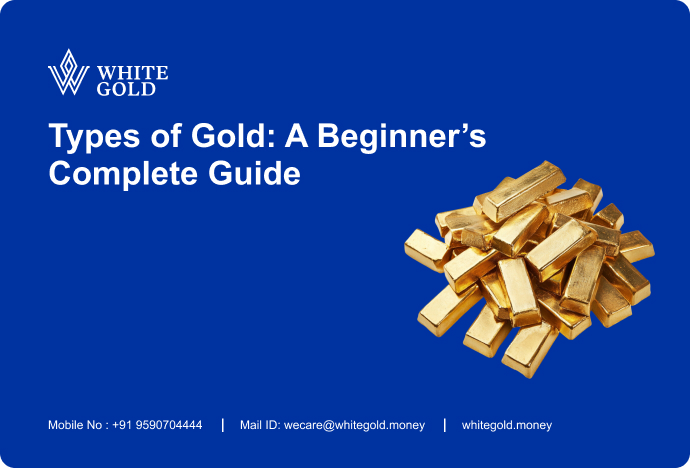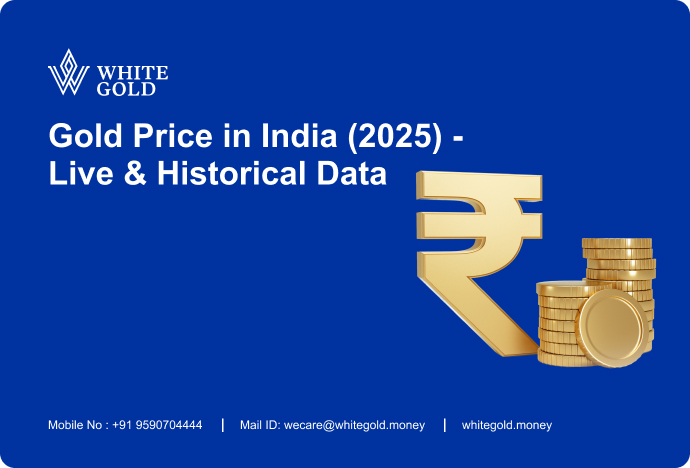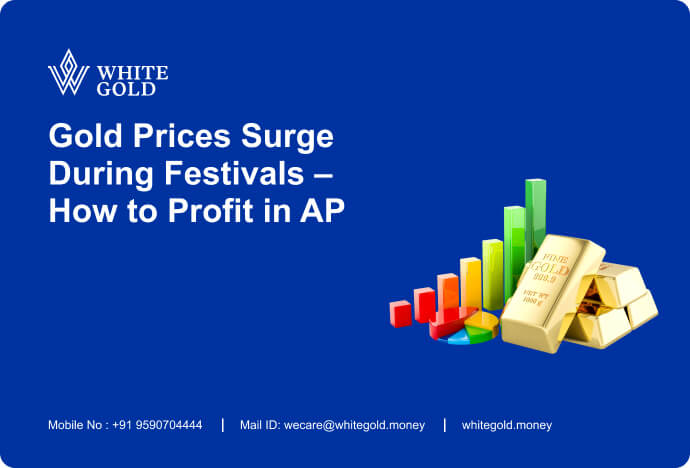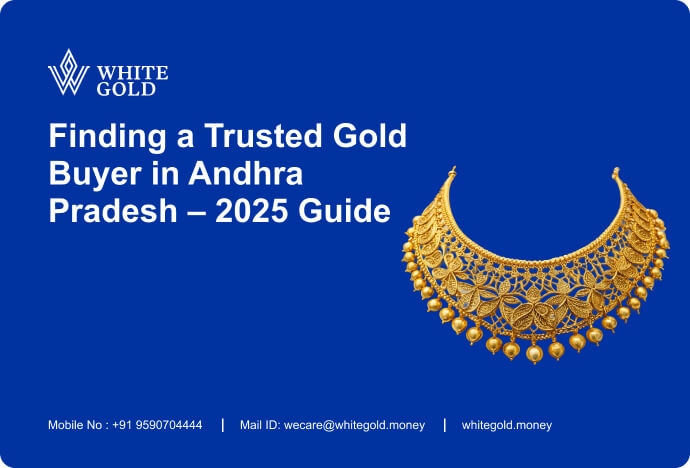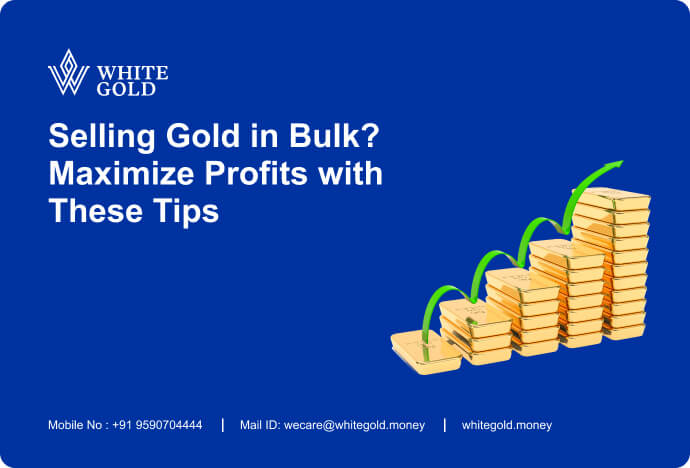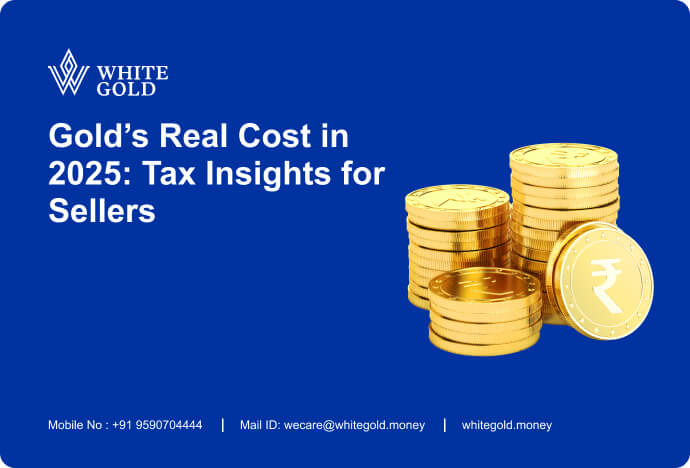The Rise of Digital Gold: How Technology Changing the Way We Buy and Sell Gold

5min read

Gold has always been a symbol of wealth and prosperity throughout human history. It’s rarity and unique properties have made it a valuable commodity that has been sought after for centuries. For centuries, people have traded gold in its physical forms, such as bars or coins. However, with the rise of digital technology, the way we buy and sell gold has undergone a revolution. In this blog post, we will explore how technology is changing the way we buy and sell gold and the emergence of digital gold.
The digital age has revolutionized many aspects of our lives, including the way we invest in and trade assets. The emergence of blockchain technology, the backbone of cryptocurrencies, has paved the way for the rise of digital gold. Digital gold is a form of gold that exists entirely in digital form, represented by a token that can be traded on various blockchain platforms. This means that investors can own gold without physically owning it, and it can be easily bought and sold.
One of the key benefits of digital gold is its accessibility. In the past, investing in gold was restricted to those who had the resources to purchase physical gold. However, digital gold has made it possible for anyone to invest in gold, regardless of their financial situation. With just a few clicks, anyone can purchase digital gold, making it an attractive investment option for those looking to diversify their portfolio.
Another significant advantage of digital gold is its liquidity. Buying and selling physical gold can be a time-consuming and costly process. However, with digital gold, investors can buy and sell their holdings instantly and at a lower cost. This makes it an attractive option for those who want to trade gold frequently or take advantage of short-term price fluctuations.
Moreover, digital gold is not subject to the same restrictions as physical gold. When buying physical gold, investors need to consider issues such as storage, transportation, and insurance. These concerns can be time-consuming and costly, and it limits the flexibility of gold investments. Digital gold, on the other hand, is stored securely on the blockchain, eliminating the need for storage or transportation. This also reduces the risk of theft, damage, or loss, which is a significant concern for physical gold investors.
One of the most notable examples of digital gold is Tether Gold (XAUT), which is a stablecoin backed by physical gold. Each XAUT token is backed by one troy ounce of gold held in a Swiss vault, providing investors with the assurance that their investment is secure. Tether Gold can be traded on various exchanges and is a popular investment option for those looking to invest in gold in a digital format.
Overall, the rise of digital gold is changing the way people buy and sell gold, making it easier, more accessible, and more secure than ever before. With advances in technology and new innovations in the world of digital assets, it is likely that the trend toward digital gold will continue to grow in the coming years, offering new opportunities for investors and traders alike.

